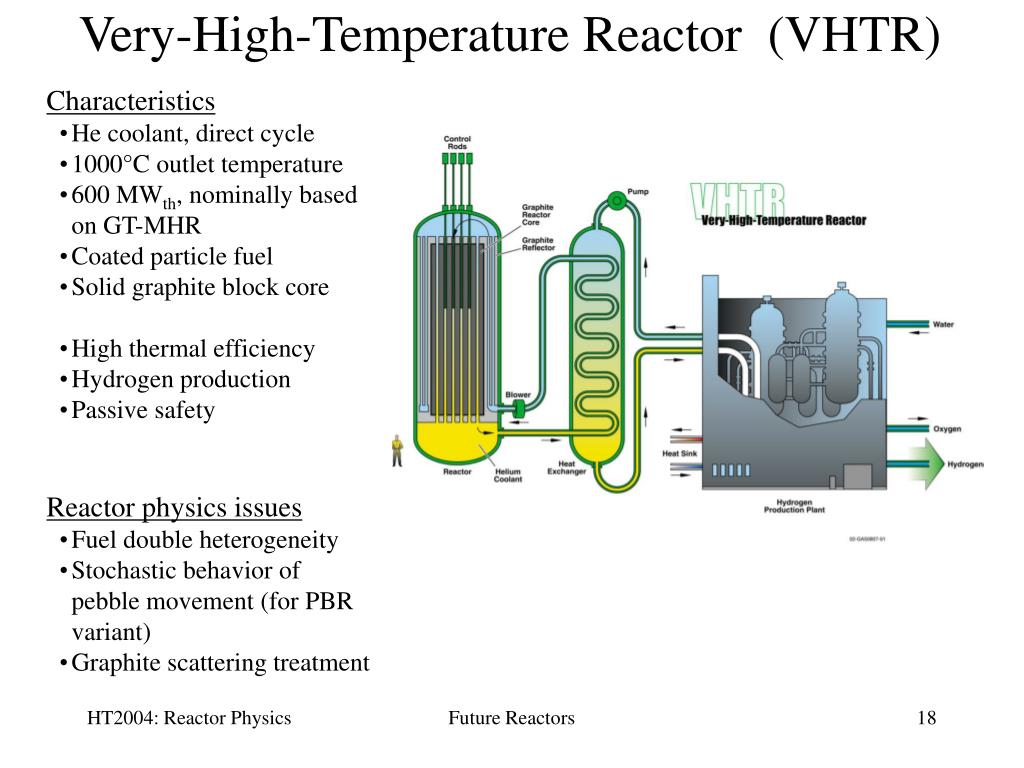

The energy from the splitting of uranium atoms is used to directly heat up the molten salt. Instead, the fuel is dissolved into a liquid salt mixture, at high temperature (450-750 oC). The movement of the turbine is then converted to electricity.Ī molten salt reactor also converts heat to electricity, but in this case the fuel does not come in the form of pellets. The water is converted to steam, and the steam then drives a turbine. In all cases, water under pressure is heated to the boiling point, as in a pressure cooker. The process of generating electricity from heat is very similar to that happening in coal or gas plants, which use the heat produced from burning the coal or gas. A lot of heat is produced in the uranium pellets by the splitting of uranium or plutonium atoms into smaller fragments (see also questions 5 and 6). These pellets are packaged in sealed metallic tubes (claddings). Existing NPPs typically use solid pellets of enriched uranium (oxide) as the fuel, of about 1 cm in diameter and 1 cm high. To understand molten salt reactors, we first need to know how ordinary nuclear power plants (NPPs) produce electricity. NRG, other research institutes and start-up companies around the world put time and effort in the development of molten salt technology for clean energy. Today much more in-depth knowledge and data are needed to allow for a first start-up of an MSR on the other hand, new technologies have matured since the 1960s, offering new possibilities.
#HIGH TEMPERATURE REACTOR MELTDOWN WHY FULL#
Nevertheless, that experiment was a pilot developed to prove a concept, not a full scale reactor. This (and the related research) has produced a lot of useful knowledge and operating experience. In the 1960s a small experimental MSR was operated for five years at the Oak Ridge National Laboratory in the US. MSRs can make nuclear energy cheaper and cleaner, and they will be used in ways that ordinary reactors cannot be used, for instance to supply heat directly to industries (like the chemical or steel industry, or even the fabrication of solar cells). MSRs are developed to improve on existing nuclear power plants. The combination of these qualities make them very useful additions to ‘wind’ and ‘solar’ in the goal of creating a CO 2 neutral world.

Nuclear power plants exist to produce (a lot of) electricity in a predictable and reliable way, without causing CO 2 emissions while taking up little space. Molten Salt Reactors (MSRs) are nuclear power plants (NPPs).


 0 kommentar(er)
0 kommentar(er)
